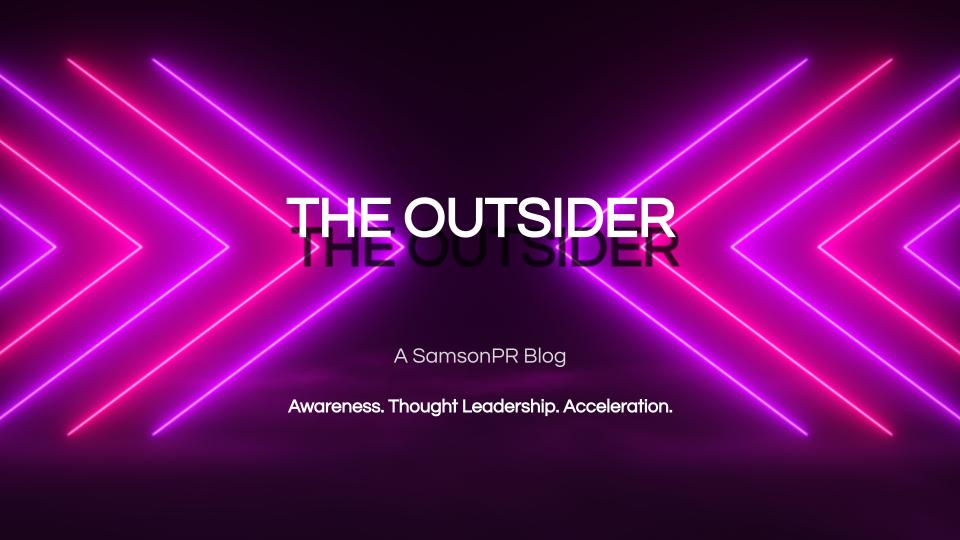
San Francisco, CA – October 31, 2024 – SamsonPR, a tech-focused growth PR agency known for its results-driven tier 1 media approach, today announced the launch of its dedicated social media practice, aimed at helping clients amplify their corporate brand and executive voice in today’s highly competitive market. This new practice supports companies in navigating the complexities of social media strategy on LinkedIn and other key platforms, while also providing a comprehensive program to build thought leadership for top executives.
SamsonPR’s social media practice offers a dual focus: it manages corporate social media presence with a strong emphasis on LinkedIn, allowing companies to present a cohesive, professional and impactful voice in the digital space. Additionally, SamsonPR provides a strategic executive program designed to elevate the profiles of key leaders. Through tailored content and targeted engagement, SamsonPR builds visibility and authority for executives, positioning them as influential voices in their industries.
The launch of this new practice reflects SamsonPR’s commitment to driving thought leadership and value-driven communication in the evolving landscape of PR. By offering both social media and content development solutions, SamsonPR aims to empower clients to stand out in their industries, enabling them to connect meaningfully with their audiences and shape industry conversations.
“The value of a strategic social media presence has never been more vital for both companies and their leadership teams,” said Scott Samson, founder and CEO of SamsonPR. “People buy into people, not companies and products. This means that executives’ brands, profiles and visibility are critical links to drive sales, especially during high-growth stages of a company. But it’s often overlooked in the PR mix. SamsonPR is changing that. Our new practice not only helps our clients build a strong social presence but also develops the individual voices of their executives, enhancing their visibility and influence in a way that reinforces corporate values and elevates industry standing, ultimately driving growth.”
As part of its broader commitment to content development and thought leadership, SamsonPR’s new social media practice includes services such as strategy development, content creation and performance analysis to ensure impactful, consistent and resonant messaging. This approach allows both corporate and executive accounts to maximize engagement and reach on LinkedIn and beyond.
For more information on SamsonPR’s social media practice and services, visit www.samsonpr.com or email info@samsonpr.com.
About SamsonPR
SamsonPR is a growth PR agency for tech companies with teams in San Francisco, New York and Los Angeles. The agency’s approach is focused on top-tier visibility. SamsonPR leverages its long-standing media relationships to tell the right story at the right time in front of the right audience. The agency implements category-specific, data-driven PR strategies to help tech companies lead in their industry categories – the perfect trifecta to empower product, sales and marketing: Tier 1 media relationships + deep domain expertise + a disruptive story. SamsonPR works with leading, disruptive, high-growth tech companies to accelerate growth through public relations, thought leadership and social media. For more information on SamsonPR, please visit www.samsonpr.com.











